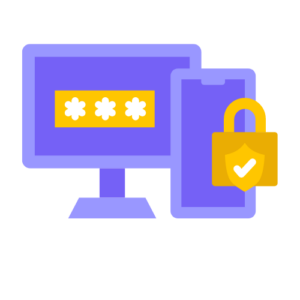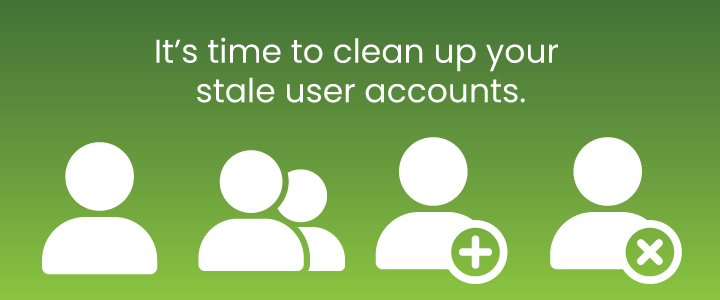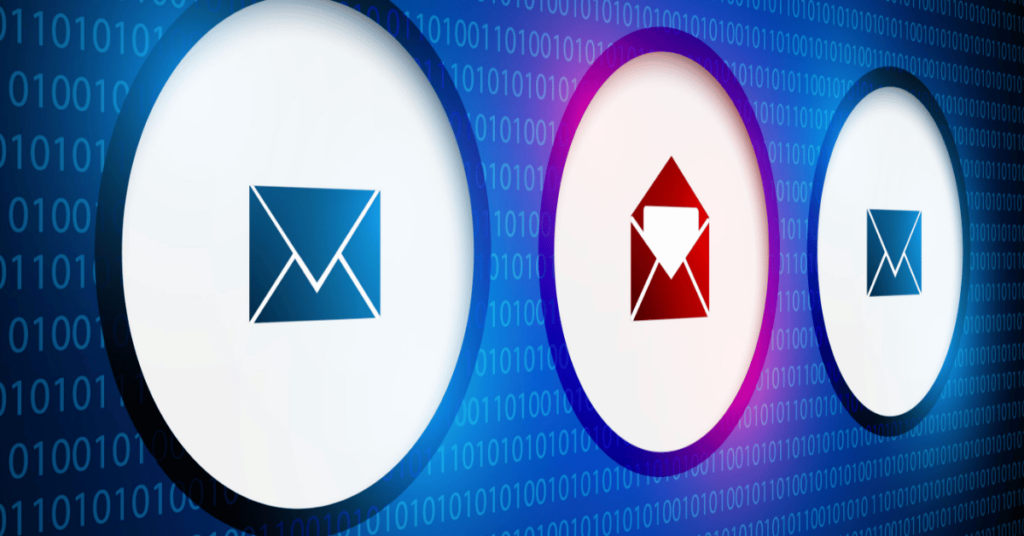How MSPs Can Make the Case for MFA Implementation
The Cybersecurity and Infrastructure Security Agency (CISA) estimates that almost 90% of successful cyberattacks start with email phishing. With cybercriminals using sophisticated tactics like phishing and brute force attacks, relying solely on passwords has become a vulnerability your clients cannot afford.
Multi-factor authentication (MFA) implementation goes beyond the traditional reliance on passwords alone, requiring users to authenticate identity in multiple ways, such as via passwords, biometrics or device verification. This way, you create an additional layer of defense against social engineering attacks.
Different Methods of Multi-Factor Authentication
Multi-factor authentication solutions require users to provide two or more pieces of evidence to verify their identity to gain access to accounts, applications and services.
Here are some standard methods to implement multi-factor authentication:
| Authentication method | What it involves | Strengths | Considerations |
| Knowledge-based authentication (KBA) | Providing something the user knows, like a password or PIN | Simple and widely adopted | Vulnerable to password-related risks like phishing as a service |
| Biometric authentication | Giving unique biological traits for identification, such as a fingerprint or facial recognition | Highly secure and user-friendly | Biometric data storage requires robust protection |
| One-time passwords (OTP) | Sending a temporary code to the user on a separate device for a single login session | Adds an extra layer of security beyond static passwords | Vulnerable to interception if sent via SMS |
| Smart cards or security tokens | Generating a dynamic code for authentication on the user’s physical device (smart card or token) | Tangible, portable form of authentication | The user needs to carry an additional device |
| Push notifications | Sending a notification to the user on their mobile device so they approve or deny access | Convenient and user friendly | A reliable internet connection |
| Behavioral biometrics | Analyzing user behavior patterns, such as typing speed or mouse movements, to identify anomalies | Non-intrusive and continuous authentication | Environmental factors, such as changes in lighting and background noise, influence the results |
| Location-based authentication | Verifying the user’s location through GPS or IP address | Adds context to authentication | The accuracy of GPS-based tracking depends on satellite visibility |
| Time-based authentication | Granting access within a specified time frame | Adds a time-sensitive element | Less user friendly for frequent reauthentication |
| QR code authentication | Scanning a QR code with the user’s mobile app to link their device and account for authentication | Convenient for users with mobile devices | A compatible device with a camera is mandatory |
How to Persuade Your Client to Implement MFA
Once you evaluate MFA options and requirements for your clients, make the case and get approval by:
- Describing the risks and potential impacts to their businesses by not using MFA.
- Showing data and statistics about the benefits and ROI that their company can realize from the added security of MFA. For instance, Microsoft found that enabling MFA is one of the key measures that protects against 99% of cyberattacks.
- Conducting a SaaS risk assessment and communicating the security issues in terms that resonate with your clients and speak to their priorities.

Top Benefits of MFA
1. Reducing Password Risks
Only 25% of the respondents of a Keeper survey use strong and unique passwords for every account. The use of the same credentials on multiple accounts increases the risk of credential-stuffing attacks, where attackers steal the username and password from one site to access the user’s account on other sites.
Implementing MFA ensures that cybercriminals need an additional authentication factor for access even if they steal weak passwords. When your authenticator system takes into account contextual factors, such as the user’s location, it adds complexity for attackers attempting to use stolen credentials from unauthorized locations. This MFA approach is particularly helpful in preventing data loss for remote workers.
2. Improving Business Value
MFA enhances customer confidence by assuring them that their accounts are more secure and less susceptible to unauthorized access, such as business email compromise. Increased customer confidence leads to higher satisfaction, loyalty and trust. Satisfied customers are more likely to use your clients’ services and recommend the business to others.
3. Meeting Legal and Compliance Regulations
Many industries and regions have stringent regulations regarding the protection of sensitive data. For instance, PCI DSS requires organizations that store, process or transmit cardholder data to verify all factors in multi-factor authentication before granting access.
Leading cybersecurity frameworks, such as the Center for Internet Security (CIS) Controls, also highlight the importance of strong authentication controls. MFA aligns with these frameworks by enhancing user-authentication and access-control measures.
4. Saving Company Resources
MFA mitigates costs and liabilities associated with data breaches. By avoiding the financial and legal implications of data breaches, which had an estimated global average cost of $4.45 million in 2023, your clients save money and preserve resources to invest in growth, innovation and other strategic initiatives.
Address Client Concerns about MFA Security Solutions
While multi-factor authentication solutions enhance security, your clients may be hesitant to implement MFA. In fact, Prove Identity found that only 48% of employers require their employees to use MFA at work.
Here are the top concerns your client might raise and how to address them.
Usability and User Experience
- Concern: Companies fear that implementing MFA could introduce complexity and inconvenience for users during the authentication process, potentially leading to frustration and reduced productivity.
- Mitigation: Choose user-friendly MFA methods and consider the balance between security and usability. Provide clear instructions and support during the implementation phase.
Cost and Budget Considerations
- Concern: The upfront costs associated with implementing MFA solutions, including software, hardware and employee training expenses, may deter some companies from adoption.
- Mitigation: Clearly outline the costs and benefits of MFA, including potential savings from reduced security incidents. Explore cost-effective MFA options and consider consolidating different solutions such as mobile device management tools and single sign-on (SSO) portals.
Integration Challenges
- Concern: Users access systems and applications from a variety of devices, operating systems and browsers. They may also use a combination of devices running different operating systems.
- Mitigation: Choose MFA solutions that support a range of devices and operating systems, ensuring consistent compatibility across platforms. MFA should not become a barrier to accessibility.
Limited IT Resources
- Concern: Organizations with limited IT resources may be hesitant to implement MFA, fearing an additional strain on their already-stretched capacities.
- Mitigation: Choose MFA solutions that are easy to manage and consider cloud-based options that require minimal on-premises infrastructure.
Monitor Your MFA Solutions with SaaS Alerts
Using SaaS Alerts helps secure MFA implementation across diverse SaaS environments.
With our automated SaaS security platform, MSPs are able to enforce MFA across all their clients through a centralized dashboard. We also offer continuous alerting and remediation capabilities, allowing MSPs to track MFA usage, detect anomalies and respond promptly to any suspicious activities, such as MFA hacking.
Start a free trial to see SaaS Alerts in action.






